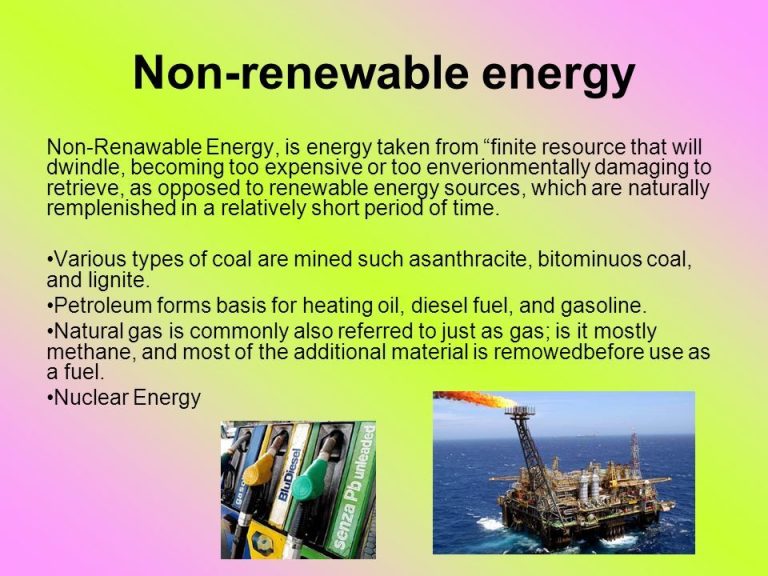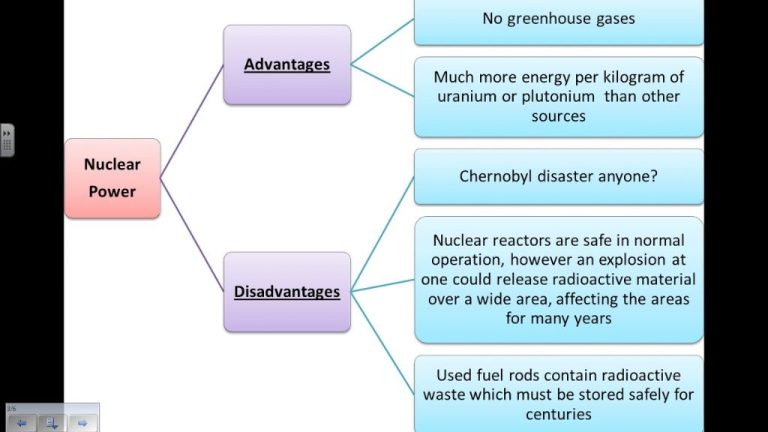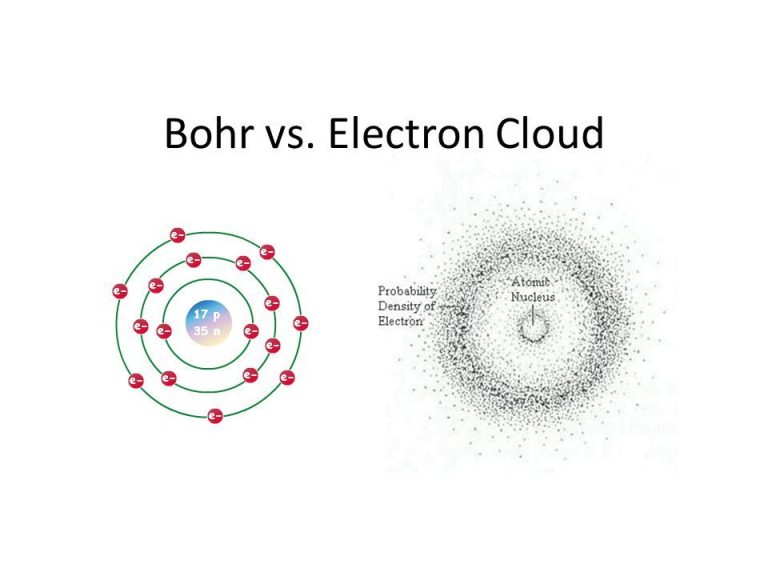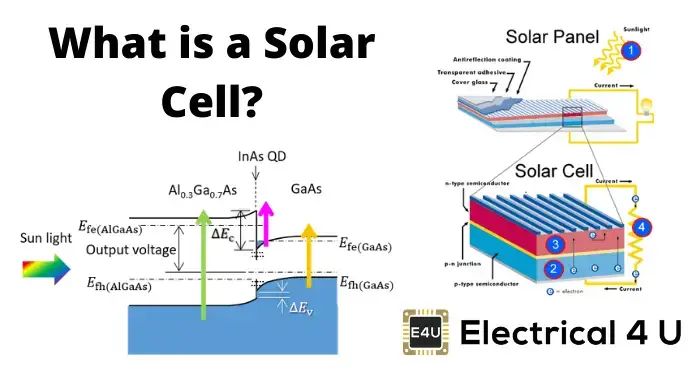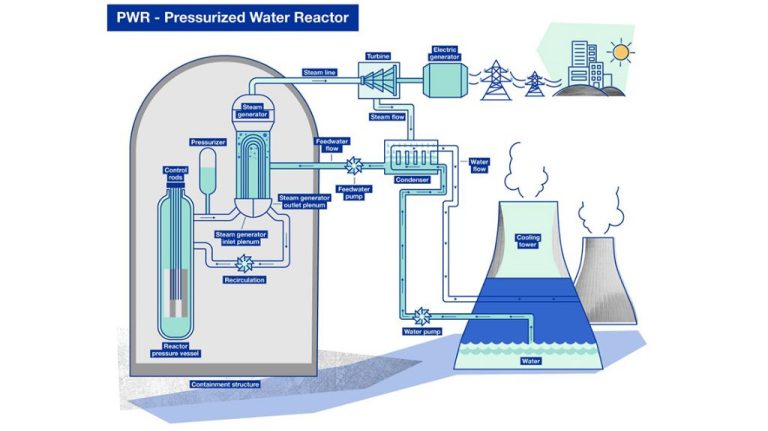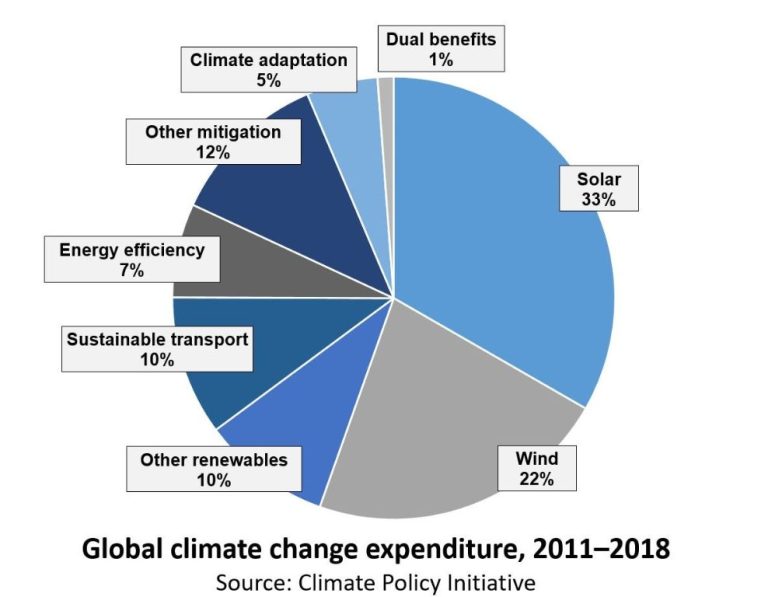How Is The Electrical Energy Produced By A Power Station Is Transmitted?
Introduction
Electrical energy transmission is the process of moving generated electricity from power plants to substations, then to distribution lines that deliver power to homes, businesses, and industries. This process allows electricity to be moved efficiently over long distances to customers.
The transmission process has several key steps. First, electricity is generated at a power station. Step-up transformers then increase the voltage, allowing efficient transmission over long distances. The high voltage electricity is then carried through transmission lines to substations near population centers. Step-down transformers at substations reduce the voltage to safer levels for distribution. The distribution system divides and delivers the electricity to end use points through additional transformers. There is continuous monitoring and safety mechanisms throughout the process.
Power Generation
Electricity is generated at power stations using various energy sources like coal, natural gas, nuclear fission, hydro power, wind, solar etc. The process involves converting mechanical energy into electrical energy. For example, in coal/gas power plants, the heat generated from burning fossil fuels is used to convert water into high pressure steam. This steam then rotates turbines which spin electromagnets within a generator to produce electricity through electromagnetic induction.
The voltage generated depends on the type of generator used. Large turbine generators used in most power plants generate electricity at high voltages between 11,000 to 25,000 volts. This high initial voltage minimizes electrical losses during transmission over long distances.
Step-Up Transformers
After electricity is generated at the power station, it goes through step-up transformers before being transmitted. The purpose of these step-up transformers is to increase the voltage of the electricity to much higher levels for more efficient long-distance transmission.
Most power stations generate electricity at low voltage levels around 20-25kV. However, transmitting electricity at such low voltages would result in substantial power losses over long distances due to large current flows. By stepping up the voltage to hundreds of kilovolts using step-up transformers, the current is reduced proportionally as power is equal to voltage multiplied by current (P=VI). This allows the electrical power to be transmitted with lower losses.
The amount of voltage step-up depends on the transmission distance – generally 230kV for regional transmission and 400kV or even 765kV for long distance transmissions. Therefore, step-up transformers play a critical role at power stations in increasing the voltage to optimal levels for efficient transmission over long distances to load centers.
Transmission Lines
Once electricity has been stepped up to high voltages by transformers at the power station, it is transported through transmission lines to substations near populated areas. The electricity can be transmitted via overhead power lines or underground power cables. Overhead transmission lines are typically supported by steel lattice towers and poles, and are bare conductors made of aluminum conductor steel reinforced (ACSR). Underground transmission cables use insulated cables buried underground, encased in protective conduits.
The most common transmission voltages are:
- 132 kV (110 kV in some areas)
- 230 kV
- 345 kV
- 500 kV
- 765 kV
Higher transmission voltages between 230-765 kV are used to transmit large amounts of power over long distances to reduce line losses. Lower voltages of 110-132 kV are used for subtransmission systems to distribute power to load centers near populated areas.
Step-Down Transformers
After the electrical energy has traveled long distances through the high voltage transmission lines, the voltage needs to be decreased again before power can be distributed to homes and businesses. Step-down transformers are used to reduce the voltage from transmission-level to distribution-level.
The high transmission voltages (such as 345,000 volts) are too dangerous for use in homes and businesses, so step-down transformers reduce the voltage to safer levels. Typically the voltage is reduced to 12,000 volts or less for distribution. These distribution voltages are safe for delivery to neighborhoods.
Step-down transformers work on the same principles as the step-up transformers used at power plants. They contain primary and secondary windings, with more turns of wire on the primary side. This transforms the high incoming transmission voltage down to the lower distribution voltage needed. Without step-down transformers, the electrical grid would not be able to deliver power to end users.
Distribution System
After the electricity has been stepped down to lower voltages at substations, the electricity enters the distribution system. This system carries electricity to end users like homes, businesses, and factories.
The distribution lines and cables carry electricity at various distribution voltages. Typical distribution voltages are 12kV, 11kV and 6.6kV. The distribution voltages and infrastructure vary based on the area being served.
The distribution lines and cables take electricity from the substations and distribute it to utility poles or underground transformers located near homes and businesses. The distribution system uses lower voltages than long-distance transmission lines, which minimizes energy losses over shorter distances.
Final Step-Down Transformers
After traveling long distances through high-voltage transmission lines, the electrical power needs to be stepped down again before being distributed to homes and businesses. This final step-down transformer stage occurs at local substations near the end users.
The purpose of these final step-down transformers is to take the high voltage from the transmission lines (such as 138,000 volts) and convert it down to safer, usable voltages that match customer needs. Typical output voltages at this stage are 120V and 240V for residential customers, and higher voltages like 480V for large commercial and industrial users.
Without these final transformers stepping down the voltage, it would be impossible and extremely unsafe to deliver electricity directly from transmission lines into homes and businesses. The final conversion allows for the safe, controlled distribution of electricity.
Safety and Monitoring Systems
The electrical transmission system utilizes specialized equipment and constant monitoring to ensure its safe and reliable operation. Protective relays and circuit breakers are installed throughout the system to detect faults and automatically isolate any failed equipment. Current and voltage sensors provide data to monitoring systems that track conditions in real-time. Any disturbances are quickly identified so operators can take corrective action.
Advanced monitoring systems like synchrophasors use phasor measurement units (PMUs) to precisely track voltage, current, and frequency at power stations and along transmission lines. This provides greater visibility into emerging problems before they escalate. Operators can visualize conditions across wide geographical regions to better manage the stability of the grid. Regular maintenance and inspection of transmission infrastructure is also crucial. Drones and robots are increasingly used to access remote lines and towers while minimizing risks to human workers.
Smart Grids
Modern power grids are evolving into smart grids through the integration of information and communication technologies. Smart grids allow for two-way communication between the utility and consumers, enabling automation, monitoring, and control capabilities that make the grid more efficient, reliable, and resilient.
Some key features of smart grids include:
- Advanced metering infrastructure – Smart meters provide granular energy usage data to consumers and utilities.
- Distribution automation – Automated feeder switches and reclosers optimize power distribution.
- Wide-area situational awareness – Phasor measurement units provide real-time monitoring of grid conditions.
- Intelligent equipment monitoring – Sensors detect issues and direct maintenance to prevent failures.
- Smart appliances – Appliances can respond to signals to modify their usage to balance supply and demand.
These capabilities allow utilities to better monitor performance, reroute power, isolate outages, incorporate renewable energy, and prevent blackouts through predictive analytics. Consumers also benefit from more information about their energy use. Overall, smart grids enhance grid resilience and efficiency through modern automation and technology.
Conclusion
The process of getting electrical energy from the power station to homes and businesses involves several key steps. First, generators at the power station produce electricity that gets stepped up to high voltages by transformers. This allows the current to travel long distances through transmission lines with minimal power loss. Before entering local distribution networks, voltage is stepped down again via substations. Distribution lines further divide and reduce electricity voltage so it is safe for end use in homes and businesses. At each stage, monitoring systems and safety features are in place to ensure reliable delivery. Smart grid technology provides real-time feedback to optimize this complex system even further. By working through this multi-step process, the electrical grid makes power accessible across wide geographies.

